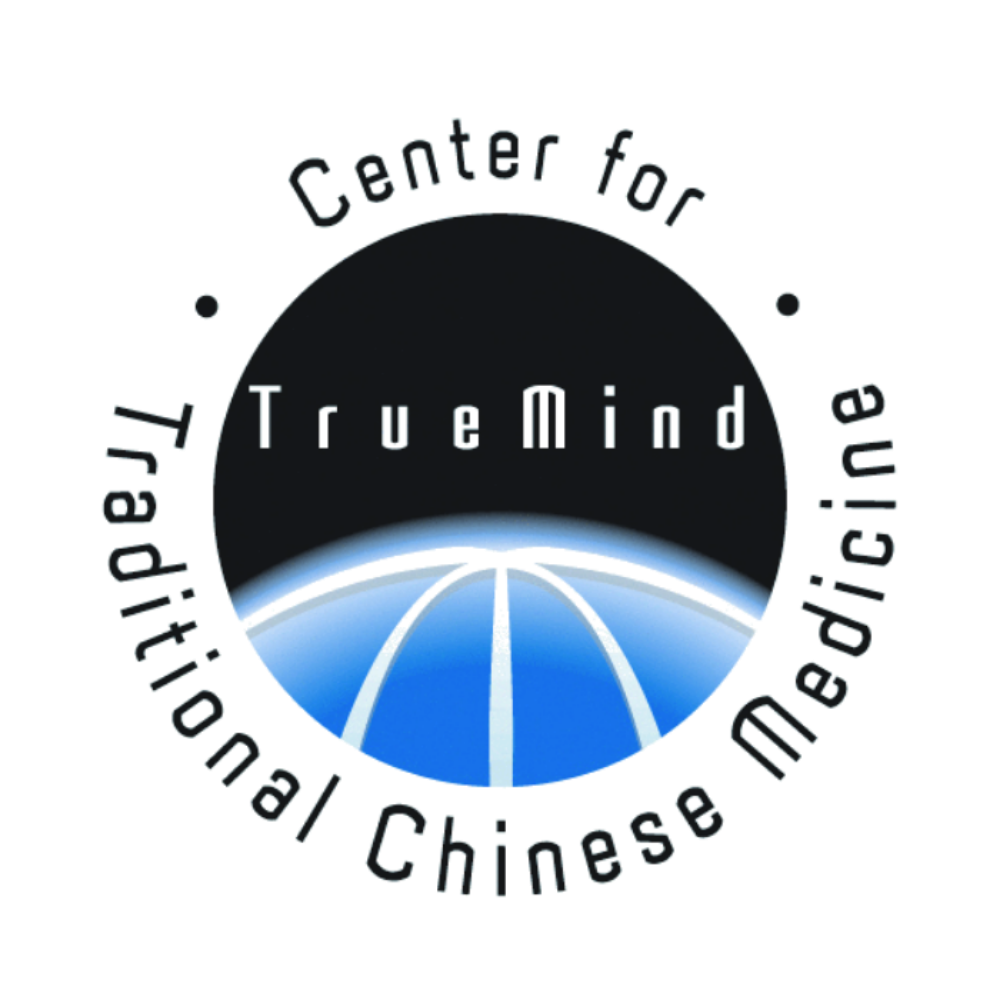1) How does acupuncture work?
Acupuncturists insert very fine needles into certain acupoints in the body. There are 365 acupoints total, and they are located primarily along the meridians, or energy channels, which move vital energy (Qi) throughout the body. If the energy moving along a meridian is insufficient, overflowing, or blocked, a Yin Yang imbalance results and illness develops. Acupuncture balances the energy flow and stimulates spontaneous healing in the body. Modern science has also shown that acupuncture promotes the release of endorphins and positive neurotransmitters in the body; this may explain why patients feel tranquil and sometimes sleep during treatment.
2) What is Qi? Can people feel Qi?
In a phrase, Qi is “life force energy.” According to Eastern philosophy, everything contains Qi and everything is in constant exchange of Qi. The majority people are unable to touch or see Qi, but most are still able to feel its sensation and can see the result of its work. For example, after an acupuncture treatment, Qi flow within the body is restored and many patients feel uplifted and peaceful.
3) How many treatments does it take before I feel better?
Everyone is different, and it depends on the problem. About 85% of patients experience positive changes after just one treatment. On infrequent occasions, some patients may feel a little worse before they feel better as their body adjusts and detoxifies; for these cases our doctors make themselves available for extra support and questions. In the rare case that a patient does not notice any improvements by the fifth treatment, the patient will most likely not respond to any treatments at all.
4) How often do I need to come for treatment?
Once again, it depends on the complexity of the problem. Within the first few treatment sessions, we suggest to each patient a customized, four phase treatment plan to follow, which typically begins with two sessions a week for the first one to five weeks, and gradually decreases from there.
We use the techniques of Traditional Chinese Medicine to optimize your body so that it will be able to heal itself. Although the body is moving in the right direction almost immediately after the first session, the body has a tendency to slip back or revert to its old patterns within a few days. Our treatment plans are designed to prevent this from happening so that you are always moving forward and will need less frequent treatments when graduating to the next phase.
5) What is the history of Traditional Chinese Medicine?
The history of TCM goes back at least 5,000 years. This complex, elegant, and technical medical knowledge was at first passed down orally from generation to generation. When TCM was finally put into written form approximately 2,000 years ago, it became known as the Huang Di Nei Jing, or the Yellow Emperor’s Classic Book of Internal Medicine. It is the oldest known medical textbook in the world and documents TCM theories, including the meaning of the various pulses and circulation. More importantly, it explains the connection between body and mind, and the relationship between humans and the universe. Its value endures until this day, as its theories continue to be used successfully to treat patients worldwide.
6) How was TCM discovered?
The history of TCM is so ancient that it would be difficult to fully explain it all here, so I will give a condensed version: According to Chinese literature, approximately 5,000 years ago there were two village chiefs whose names were Huang Di and Yan Di. Huang Di specialized in acupuncture points and Yan Di was gifted with the use of Chinese herbs. Both were Qigong masters with extraordinary healing abilities. It was said that Huang Di saw the Qi (life force energy) traveling through meridians (energy channels) in the body, and that vision led him to determine which points on the body, when stimulated, would cause healing responses. Yan Di could visualize the different reactions in the organs of the body resulting from the ingestion of different types of herbs.


